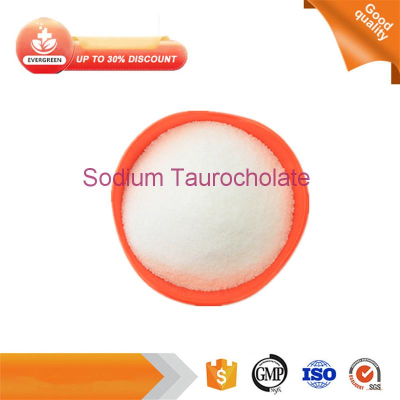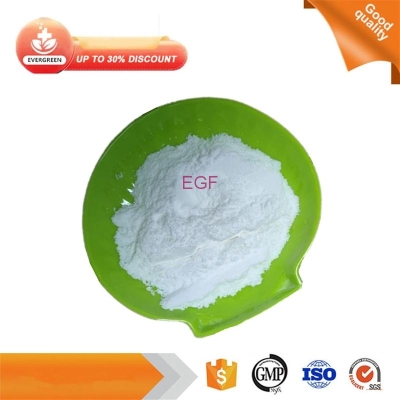-
Categories
-
Pharmaceutical Intermediates
-
Active Pharmaceutical Ingredients
-
Food Additives
- Industrial Coatings
- Agrochemicals
- Dyes and Pigments
- Surfactant
- Flavors and Fragrances
- Chemical Reagents
- Catalyst and Auxiliary
- Natural Products
- Inorganic Chemistry
-
Organic Chemistry
-
Biochemical Engineering
- Analytical Chemistry
- Cosmetic Ingredient
-
Pharmaceutical Intermediates
Promotion
ECHEMI Mall
Wholesale
Weekly Price
Exhibition
News
-
Trade Service
Background: Huoxiangzhengqi Oral Liquid (HX) originated from Huoxiangzhengqi Powder in "Taiping Huimin Hejiju" in Song Dynasty, and has been widely used in gastrointestinal diseases
Huoxiangzhengqi Oral Liquid (HX) Huoxiangzhengqi Oral Liquid (HX) Gastrointestinal Diseases Gastrointestinal Diseases Anti -inflammatory Immunomodulation Immune Infection Multi-direction and Multi-target
Objective: To investigate whether HX pretreatment can prevent lipopolysaccharide (LPS)-induced adverse reactions and its possible mechanism
prevention
Methods: 7-week-old male C57BL/6J mice were intragastrically administered low-dose (1.
HE staining, AB-PAS staining, TBO staining, qRT-PCR detection, Western blotting, ELISA, 16S ribosomal RNA gene sequencing analysis
RESULTS: The data showed that both low and high doses of HX significantly reduced LPS-induced inflammation
The richness and uniformity of gut microbiota at the level of inflammation HX pretreatment is not effective in preventing dysbiosis of the NF-κB pathway
Conclusion: This study demonstrates for the first time that the preventive effect of HX on LPS is mainly achieved by inhibiting inflammation
suppress inflammation suppress inflammation
Source:
Source:Gao M, Zou Z, Qiu Y, et al.
Gao M, Zou Z, Qiu Y, et al.
Preventive effects of traditional Chinese medicine formula Huoxiangzhengqi against lipopolysaccharide-induced inflammatory response [published online ahead of print, 2022 Jan 29].
Phytomedicine.
2022;99:153968.
doi:10.
1016/ j.
phymed.
2022.
153968
Leave a message here







